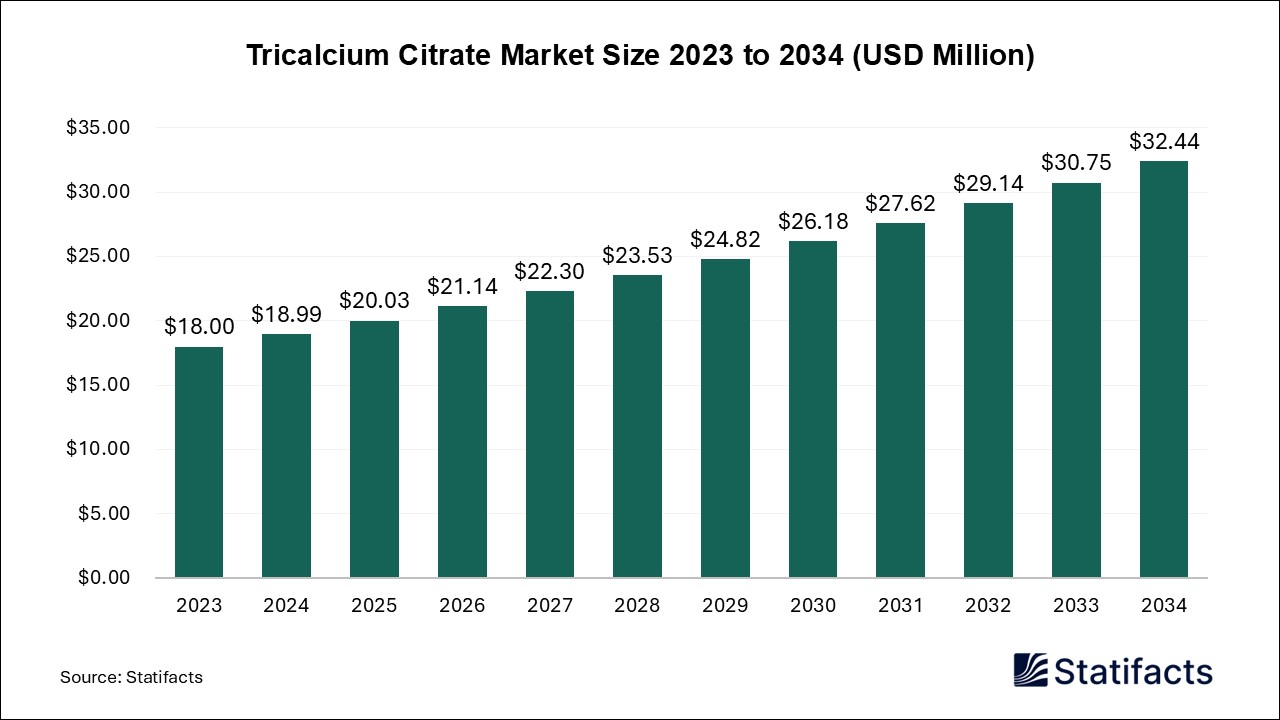

Our customers work more efficiently and benefit from
The global immunoglobulin market size was calculated at USD 14,380 million in 2024 and is predicted to reach around USD 29,090 million by 2034, expanding at a CAGR of 7.3% from 2025 to 2034.
| Industry Worth | Details |
| Market Size in 2025 | USD 15,430 Million |
| Market Size by 2034 | USD 29,090 Million |
| Market Growth Rate from 2025 to 2034 | CAGR of 7.3% |
The immunoglobulins market refers to the production, distribution, and application of immunoglobulins, which are proteins that are made by B cells and plasma cells and help the body fight infections. Some immunoglobulins may be found in higher than normal amounts in patients with specific conditions or specific types of cancer, including multiple myeloma and Waldenstrom macroglobulinemia. Five primary classes of immunoglobulins are IgE, IgD, IgA, IgM, and IgG. These are distinguished by the type of heavy chain found in the molecule. Immunoglobulin contains antibodies that help fight infection.
Immunoglobulin A (IgA), as the principal antibody class in the secretions that bathe these mucosal surfaces, acts as an important first line of defense. IgA, also an important serum immunoglobulin, mediates a variety of protective functions through interactions with specific receptors and immune mediators. Intravenous immunoglobulin is a safe, low-risk treatment that can help our immune system stay strong. Having intravenous immunoglobulin (IVIG) infusions can reduce the severity of illnesses. This can make a big difference if someone is weakening their natural immune system. Immunoglobulins or antibodies are essential in protecting against viruses, bacteria, and fungi.
The growing prevalence of immunodeficiency diseases drives the growth of the immunoglobulins market. Immunoglobulin replacement therapy reduces susceptibility to infections, can improve health, and enhances the quality of life for those with antibody deficiencies. In viral diseases, immunoglobulins block viral entry into uninfected cells, promote antibody-directed cell-mediated cytotoxicity by natural killer cells, and neutralize the virus alone or with the participation of the complement.
Immunoglobulins or antibodies secreted onto the mucosal surfaces of the intestinal, respiratory, and reproductive tracts are mainly important in preventing infection by preventing the adhesion of bacteria, viruses, and other pathogens to the epithelial cells lining these surfaces. Everyone diagnosed with HIV should take antiviral therapy medicines, also known as ART. Immunoglobulin binds microbes and toxins in the GI tract and eliminates them before immune system activation. As these unwanted triggers are removed, it resets healthy immune tolerance and builds a stronger barrier to the external environment.
The growing senior population is driving the growth of the immunoglobulins market. Common variable immune deficiency (CVID) previously called adult-onset hypogammaglobulinemia, which is one of the most frequently used primary deficiencies. It is characterized by low levels of serum antibodies, which cause an increased susceptibility to infection. These increased number of memory cells that occupy tissue niches and the inflammatory milieu, in turn, may compromise the ability of naïve B and T cells migrating from the bone marrow and thymus to lodge in the tissue.
The aging immune system loses the ability to protect against infections and cancer and fails to support appropriate wound healing. Immunoglobulin treatment helps adults to fight off infections. Symptoms of immunodeficiency in adults include frequent and recurrent pneumonia, bronchitis, sinus infections, ear infections, meningitis, and skin infections. Seniors with primary immunodeficiency need more care. Inflammation and infection of internal organs. Blood disorders like low platelet count or anemia. Digestive problems like diarrhea, nausea, loss of appetite, and cramping.
Rising research and development (R&D) investments are driving the growth of the immunoglobulins market. Investing in research and development (R&D) is a direct contributor to total global success for many reasons. R&D drives innovation, improves competitive advantage, facilitates market expansion, and contributes to sustainable development. The benefits of investment research include more informed decision-making and risk mitigation. It can lead to the development of significantly new or different technologies or industries. It also includes the benefits of cost management benefits, increased market participation, advancements in marketing abilities, and trend matching are all reasons companies invest in R&D. R&D can help a company follow or stay ahead of market trends and keep the company relevant.
Published by Laxmi Narayan , March 2025
For any questions about this dataset or to discuss customization options, please write to us at sales@statifacts.com
| Stats ID: | 8079 |
| Format: | Databook |
| Published: | March 2025 |
| Delivery: | Immediate |
| Price | US$ 1550 |

| Stats ID: | 8079 |
| Format: | Databook |
| Published: | March 2025 |
| Delivery: | Immediate |
| Price | US$ 1550 |

You will receive an email from our Business Development Manager. Please be sure to check your SPAM/JUNK folder too.

Unlock unlimited access to all exclusive market research reports, empowering your business.
Get industry insights at the most affordable plan
Stay ahead of the competition with comprehensive, actionable intelligence at your fingertips!
Learn More Download
Download
